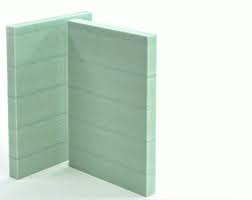Today's KNOWLEDGE Share
Why is Nylon 66 better than Nylon 6?
Nylon was discovered by Wallace Hume Carothers. A chemist hired in 1928 by DuPont de Nemours to lead an extensive research program on the design of original polymeric materials. In 1935, he developed the formula known as PA 66:
Nylon 66 and Nylon 6 are both types of nylon, a strong, durable, and versatile plastic material that has a wide range of applications. However, there are some key differences between the two that make Nylon 66 better suited for certain applications than Nylon 6.
Strength: Nylon 66 has a higher tensile strength and modulus of elasticity, which means that it is stronger and more durable than Nylon 6. This makes it a better choice for applications that require high strength and durability.
Temperature Resistance: Nylon 66 is able to withstand higher temperatures than Nylon 6, making it more suitable for applications that involve exposure to high temperatures, such as Frac Sand and other Industrial applications.
Moisture absorption: Nylon 66 has a lower moisture absorption rate than Nylon 6, this means that it is less affected by changes in moisture levels and will maintain its strength and dimensional stability better.
Cost: While Nylon 66 is more expensive than Nylon 6, and this can be a factor when choosing a material to meet the requirements.
Nylon 66 is a stronger and more durable material than Nylon 6, it has better temperature and moisture resistance, making it a better choice for applications that require high strength, durability and resistance to different environmental factors.
Source:Dean Wedekind














